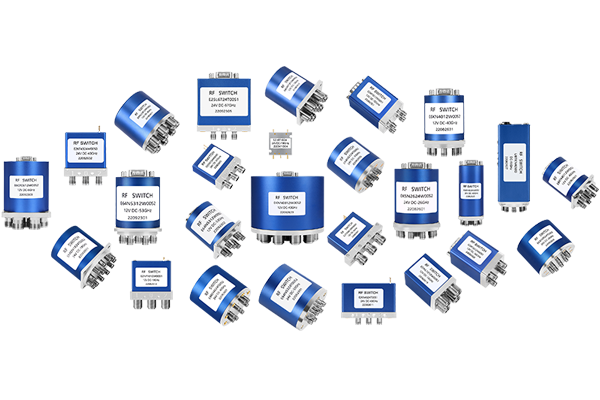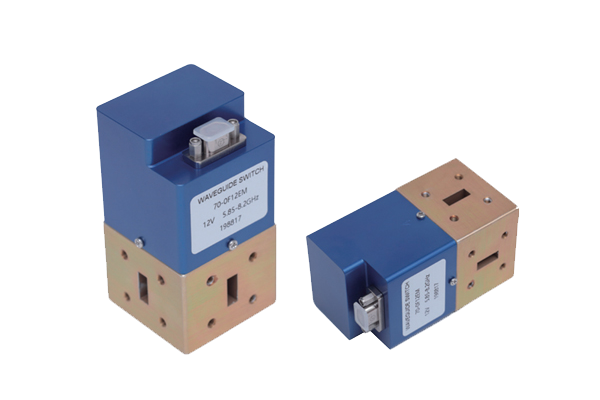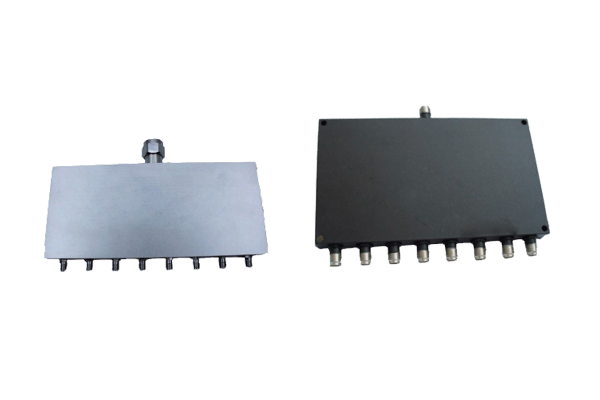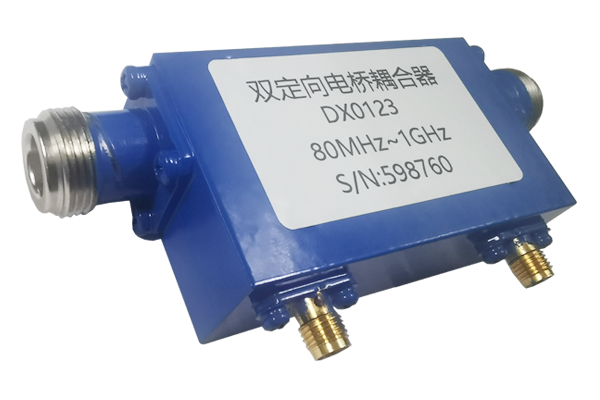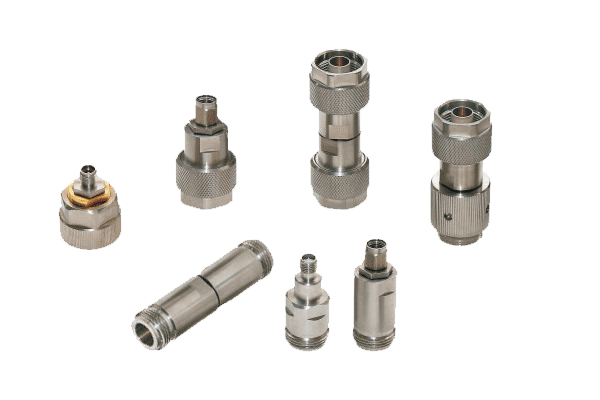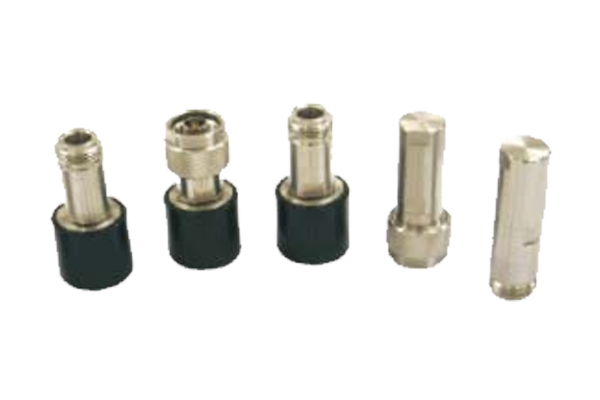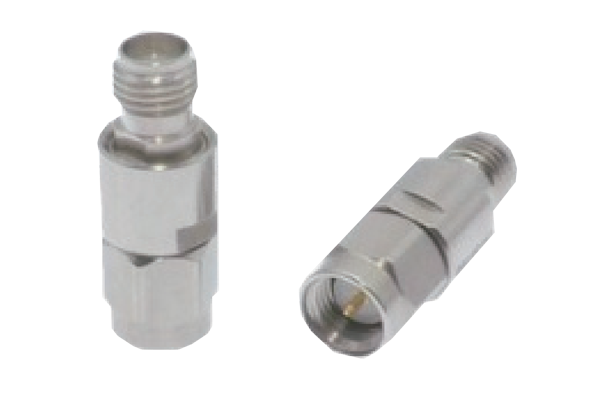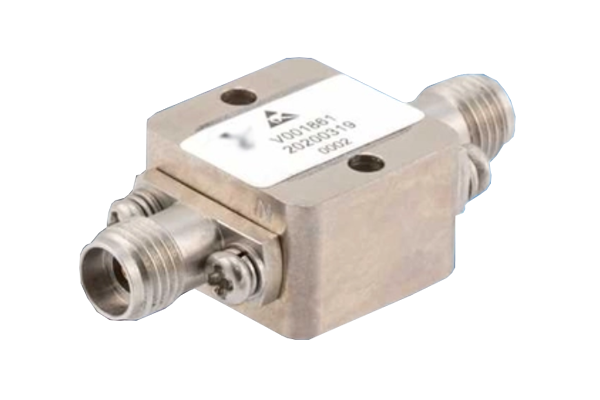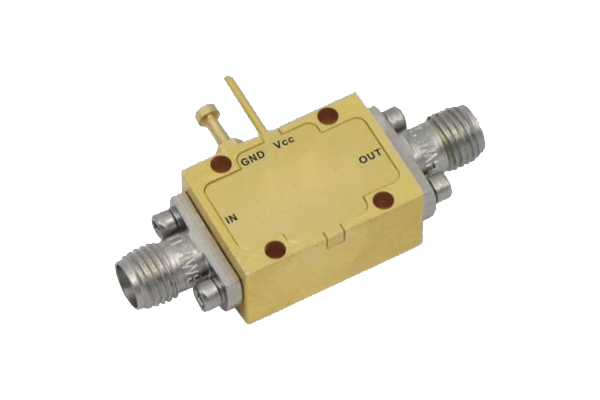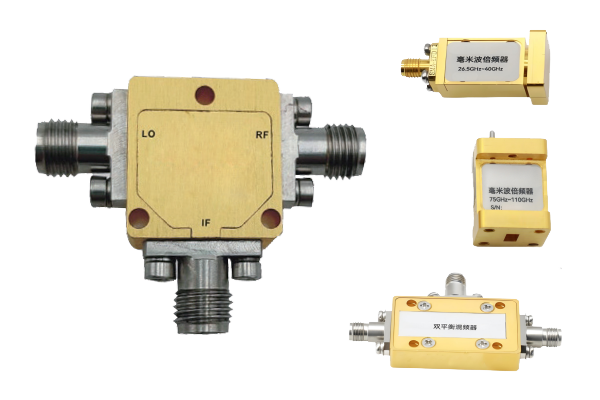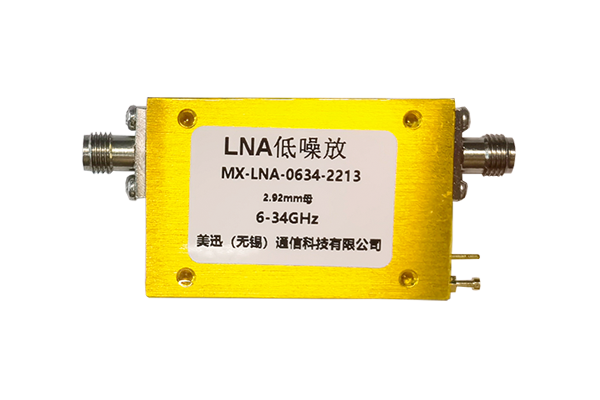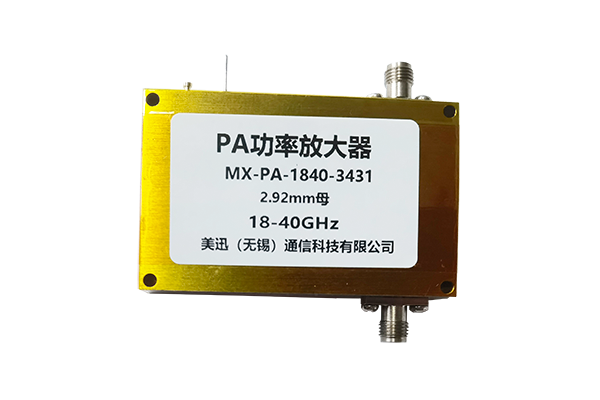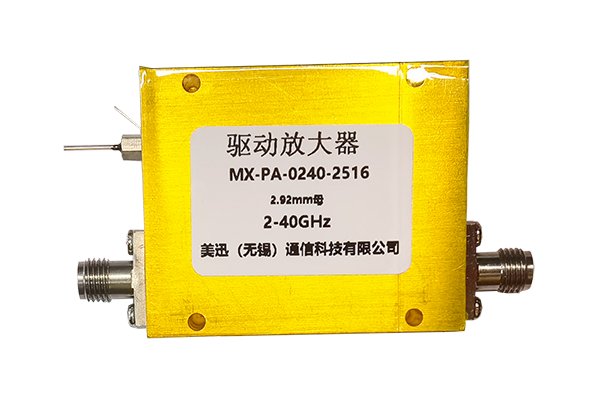Does the RF Low Noise Amplifier have a low noise figure
RF Low Noise Amplifier
Achieving Exceptional Low Noise Figure Through Advanced Design and Component Selection
Core Component Selection for Low Noise
The RF Low Noise Amplifier inherently boasts a low noise figure, with high-performance active components forming its foundation. It relies on advanced transistors—such as gallium arsenide or silicon germanium variants—that possess intrinsic low-noise properties.
These devices are carefully selected to minimize thermal and shot noise, the primary internal noise sources in amplifiers. Unlike standard transistors that prioritize general performance, these specialized components are engineered to amplify weak signals without introducing significant additional noise.
Optimized Circuit Topology Design
Circuit topology plays a pivotal role in achieving a low noise figure. The RF Low Noise Amplifier adopts tailored configurations, such as precisely biased common-source or common-emitter designs, to suppress noise generation within the circuitry.
Impedance matching networks are meticulously engineered to maximize signal transfer efficiency while minimizing noise contribution. This ensures seamless interaction between the amplifier, signal source, and load, preventing noise amplification during signal transmission.
Passive Component and Shielding Enhancements
Passive components are selected for their low-noise attributes, with resistors and capacitors chosen to avoid introducing extraneous noise. Shielding mechanisms are integrated to protect the circuit from external electromagnetic interference.
These shielding solutions prevent external signals from infiltrating the RF Low Noise Amplifier's signal path, ensuring that only the target RF signal is amplified. Additionally, thermal management features reduce temperature-related noise.
Practical Validation in High-Sensitivity Applications
The RF Low Noise Amplifier's low noise figure is validated in real-world scenarios where weak signal detection is critical. It excels in communication systems, satellite receivers, radar units, and test equipment.
By amplifying weak signals without obscuring them with noise, the amplifier enables downstream components to process clear, accurate data. This performance makes it indispensable in applications where even minor noise degradation would compromise system functionality.
Key Performance Qualifications
- Low Noise Figure: The defining characteristic of the RF Low Noise Amplifier, ensuring minimal additional noise during signal amplification.
- High-Performance Transistors: Utilization of gallium arsenide and silicon germanium transistors with intrinsic low-noise properties.
- Optimized Circuit Topology: Implementation of precisely biased common-source or common-emitter designs to suppress internal noise generation.
- Advanced Impedance Matching: Meticulously engineered networks to maximize signal transfer while minimizing noise contribution.
- Low-Noise Passive Components: Selection of resistors and capacitors specifically for their low-noise attributes.
- Effective Shielding: Protection from external electromagnetic interference to prevent ambient noise infiltration.
- Thermal Management: Features that reduce temperature-related noise by maintaining stable operating conditions.
- Signal Integrity Preservation: Ability to amplify weak signals without obscuring them with noise, maintaining high signal-to-noise ratio.
- Application Versatility: Proven performance in communication systems, satellite receivers, radar units, and test equipment.
The RF Low Noise Amplifier stands as a critical component in modern RF systems, where its exceptional low noise figure enables reliable detection and amplification of weak signals across diverse high-sensitivity applications. Through meticulous component selection, optimized circuit design, and advanced shielding techniques, it achieves the noise performance required for today's most demanding communication and detection systems.



